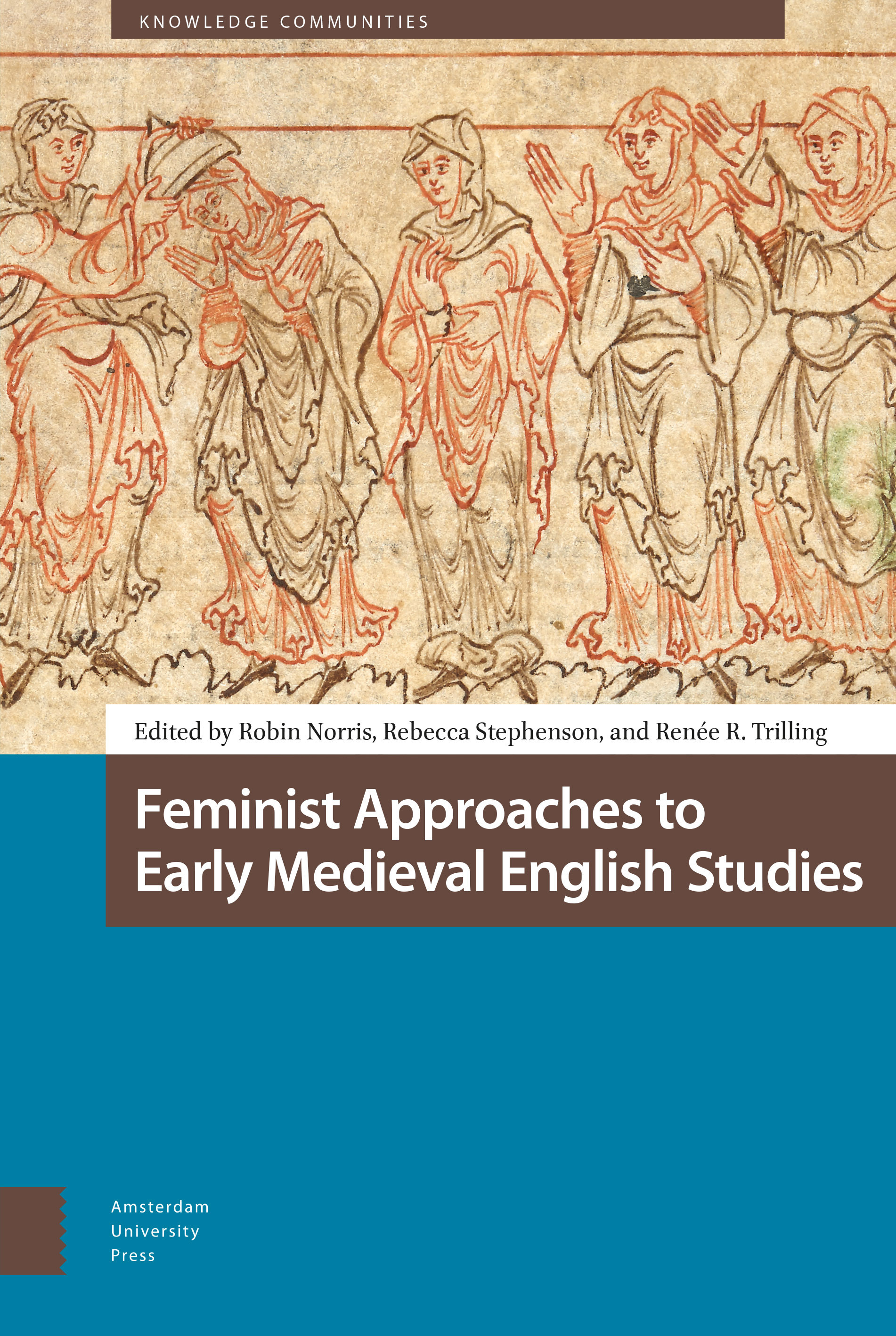10 - Women and “Women’s Medicine” in Early MedievalEngland, from Text to Practice
Published online by Cambridge University Press: 19 April 2023
Summary
Abstract
Despite the belief that that the menstrual cycle was predictable andtherefore treatable, many of the extant charms to prevent excessivemenstrual bleeding, miscarriage, stillbirth, or neonatal death suggestthat medical intervention was either unavailable or unsuccessful. Thetextual evidence for remedies for women’s medicine assumes thecare and cure by an educated medical practitioner. However, theactualities of care for women who were not part of the privileged eliteis less easy to deduce. Through an examination of extant penitentialsand homilies, this chapter demonstrates the men of the church were awareof – and condemned – the treatment, prevention, andprognostication involved in “women’s medicine” bythose not sanctioned by the church: midwives and others.
Keywords: medicine, charms, Bald’sLeechbook, Lacnunga, women’sbodies, reproduction
The majority of Old English medical remedies are gender-neutral, providingpossible cures for illnesses and ailments that affected both women and men.This is demonstrated either by a focus on the remedy and its componentparts, or through the use of OE mann, the semantics ofwhich is “human being” rather than the masculine noun“man.” As many vernacular medical remedies are translations,OE mann may be the preferred translation for gender-neutralLatin homo, a pattern noted by Christine Rauer in thetranslations of the OE Martyrology. Janet Nelson and AliceRio also noted that Latin law codes throughout Medieval Europe usegender-neutral si quis (if anyone) or homo(a person), only employing female nouns or pronouns when the laws applyspecifically to women. When OE medical remedies differentiate between thesexes in diagnosis and treatment, women are specified bywif or wifmann and men by the use ofwer or wapned/man(n) orman(n). Almost all of these instances are in relationto obstetric concerns, including conception. Of the nine occasions in whicha remedy specifies the sex, wif is paired withwapned in four, two of which are in relation to theconception of a child of the desired sex, and a third which specifies thepractitioner use the milk of a woman nursing a male child. Similarly,wif is paired with wer twice: once ina remedy for conceiving a child of the desired sex, the other in a remedywarning that failure to follow through with the directions of the remedywill result in conceiving a child of no gender (androginem …nater ne wer ne wif).
- Type
- Chapter
- Information
- Feminist Approaches to Early Medieval English Studies , pp. 279 - 314Publisher: Amsterdam University PressPrint publication year: 2023



